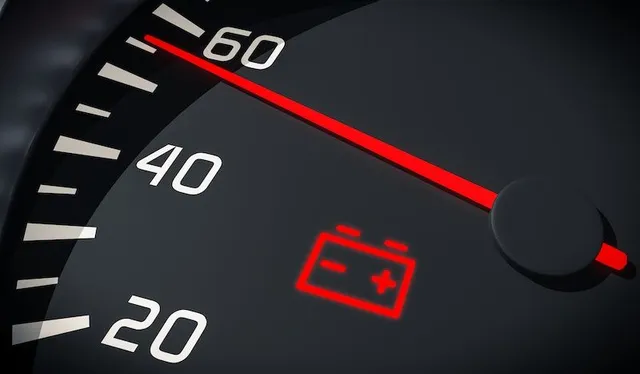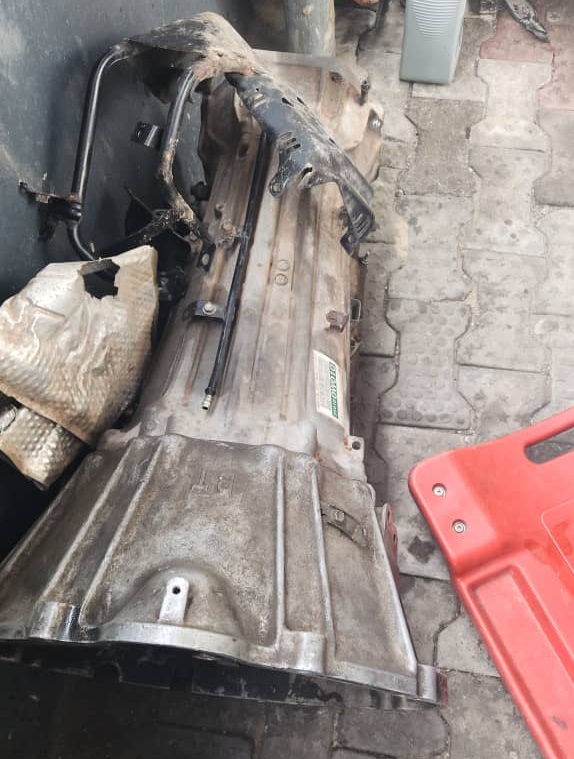Car Showing Battery Light? Here’s What It Really Means and What to Do Next

Car Showing Battery Light? Here’s What It Really Means and What to Do Next. When your car’s battery warning light suddenly appears on your dashboard, it’s not just a sign of a weak battery—it’s your vehicle’s way of warning you about a charging system problem. Many drivers ignore it until their car completely shuts down, but that red battery icon could indicate something far more serious than a dying battery.
At Carmedis, we’ve helped hundreds of drivers in Lagos and across Nigeria identify and fix battery light issues before they cause total breakdowns. Let’s explain what this warning means, the common causes, and the best next steps to protect your car.
What Does the Battery Light Mean?
The battery light (usually shaped like a small car battery) illuminates when your car detects a fault in the charging system. This doesn’t always mean your battery is dead—it means the battery isn’t charging properly.
When the light comes on:
- Your vehicle is running only on battery power
- The alternator may have stopped supplying electricity
- Essential systems—lights, A/C, infotainment—are draining remaining battery life
If ignored, your car could shut down while driving once the battery fully depletes.
Common Causes of the Battery Light Coming On
- Faulty Alternator
The alternator is responsible for charging the battery while the engine runs. If it fails, the battery will drain quickly. Signs include dimming headlights, flickering dashboard lights, and whining noises. - Bad Battery
If the battery is weak or old (typically beyond 2–3 years), it may not hold charge effectively even if the alternator is working properly. - Damaged or Loose Drive Belt
The alternator belt (serpentine belt) connects to the engine pulley. If it slips or breaks, the alternator stops spinning, leading to a charging failure. - Corroded Battery Terminals
Dirt or corrosion at the battery terminals can block electrical flow, confusing the charging system and triggering the light. - Electrical or Wiring Issues
Damaged fuses, loose connectors, or worn-out alternator wiring can interrupt charging and trigger the warning light.
What To Do When the Battery Light Comes On
If your battery light comes on while driving, here’s what to do:
- Turn off unnecessary electronics — A/C, radio, and headlights to conserve battery.
- Don’t turn off the engine immediately — The battery might not have enough power to restart.
- Drive straight to a workshop — Every minute counts before the battery drains out completely.
- Get a professional diagnosis — At Carmedis, we perform a charging system test to pinpoint whether it’s the alternator, battery, or wiring.
How Carmedis Fixes Battery Light Issues
At Carmedis Auto Repair, our trained technicians use advanced diagnostics to:
- Test the alternator output voltage
- Measure battery health and load capacity
- Inspect belts, terminals, and electrical connections
- Replace only what’s necessary — no guesswork
We also help car owners set up preventive maintenance alerts, so issues like these don’t catch you by surprise.
Pro Tips to Prevent Battery Light Problems
- Replace your car battery every 2–3 years (depending on driving conditions)
- Keep battery terminals clean and grease-protected
- Schedule regular alternator and belt inspections
- Don’t ignore flickering dashboard lights—it’s an early warning sign
Final Thoughts
When your car shows the battery light, it’s more than just a small warning—it’s a signal that your vehicle’s entire charging system needs attention. The sooner you act, the less damage you’ll face.
At Carmedis, we help car owners across Nigeria stay safe and avoid roadside breakdowns with expert diagnostics, professional repair, and preventive maintenance.



